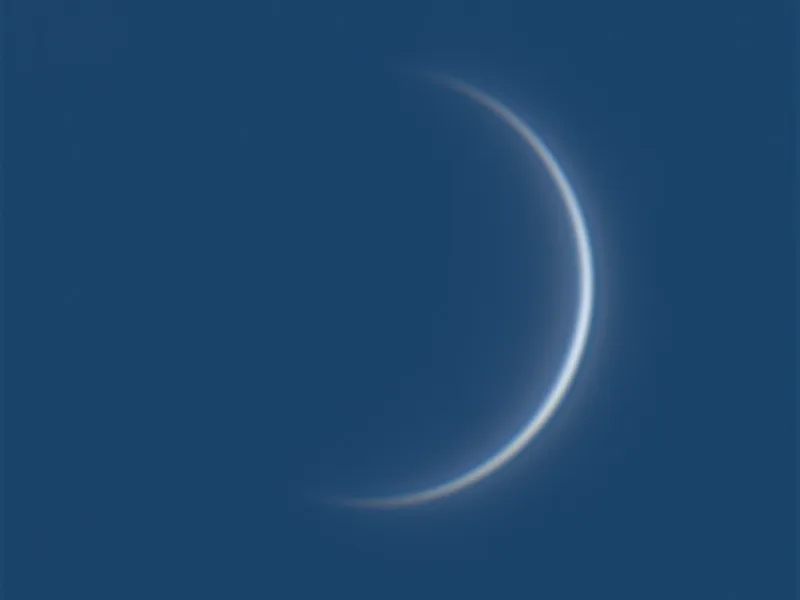
Venus showing an extreme crescent phase - 2250 exposures were obtained with a Celestron C14 and QHY183c at 1pm in the afternoon, October 20, 2018. A mask with a 4" opening was placed over the telescope to reduce sunlight entering the optical path
On October 26, Venus reaches inferior conjunction which is the point it passes between us and the sun. It is similar to when the moon passes from the morning to the evening sky, and we have "New Moon." As this event approaches, I have been busy getting photos of the planet, one of the latest is this image from the afternoon of October 20. Just as the moon shows a very thin crescent when near new moon, so does Venus near inferior conjunction.
.
In the coming days, the planet's crescent becomes even thinner and extends in an almost complete arc around the planet. Unfortunately, observing Venus at this time is not only tricky, but it can also be a little dangerous due to it's proximity to the sun in the sky. Below I describe some of the preparation I had to do to get the above image.
Inferior Conjunction and Atmospheric Scattering
Inferior conjunction refers to when a planet passes between the sun and us. In rare cases, inferior conjunction may in a transit of the sun, as it did in 2012, but generally, Venus will either be due north or south of the sun. For a graphic representation check out the following animation.
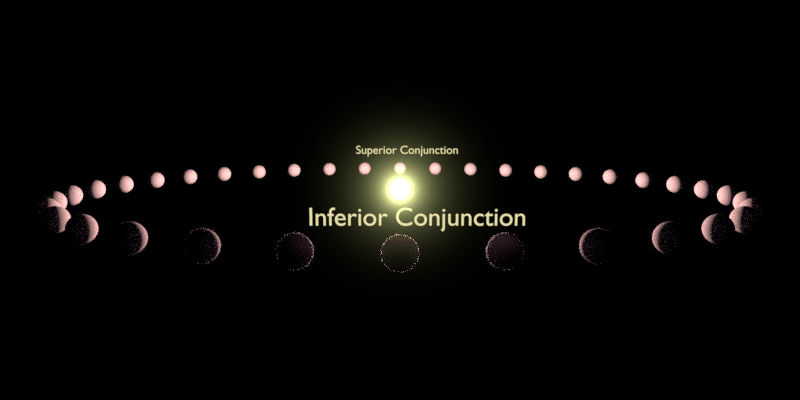
Animation showing the how Venus moves through Superior conjunction (behind the sun) and Inferior Conjunction (in front of the sun). Point's to note are how the phases change, the size changes and the effects of atmospheric scattering of sunlight around inferior conjunction (planet appears as a circle of light)
Venus has an upper atmosphere that scatters light from its sunlit side around into the night time boundary. This same effect causes twilight here on earth, as well as causing the moon to glow a dull orange during a Lunar Eclipse. For earthbound observer's this effect is visible as an extension of Venus's crescent which when close enough to the sun causes it to form a complete circle.
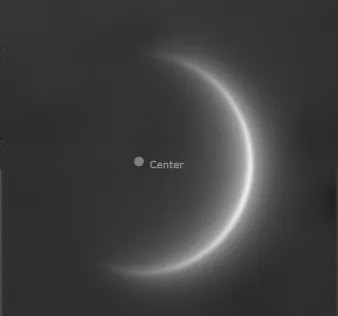
Don't Try this at home!
As I mentioned above trying to observe Venus near inferior conjunction is risky because of it's proximity to the sun. Here in this telephoto view, I show Venus with the sun just off the bottom right. Even if the telescope is not pointed at the sun directly, sunlight can enter at an angle and damaged cameras, optics and yes also eyes!
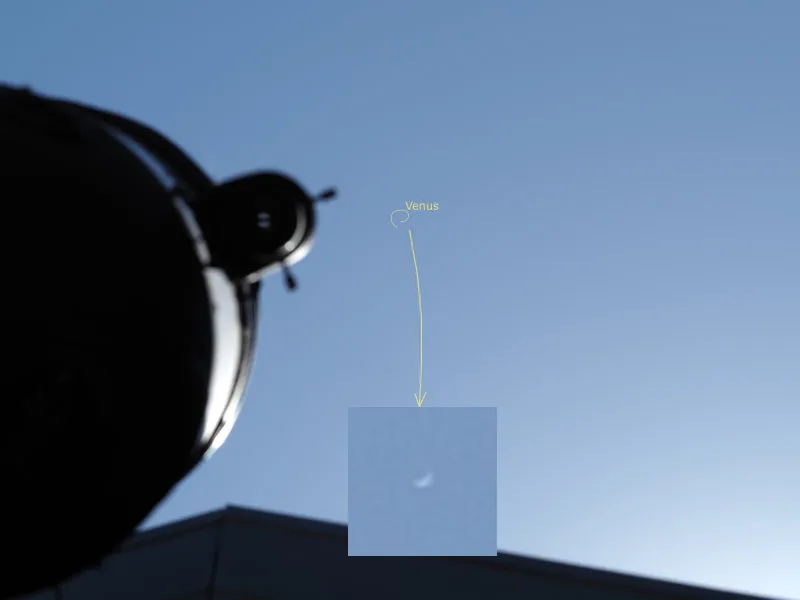
To avoid this, I created a mask to sit in front of the telescope with a 4" diameter opening (the normal aperture is 14"). Although restricting the aperture to 4" reduced theoretical resolution, it also reduced sunlight coming in at an angle. At least that's what I was thinking but still managed to burn a hole in the mask! Luckily the focused light was well outside the focal plane otherwise I might have had a damaged camera.
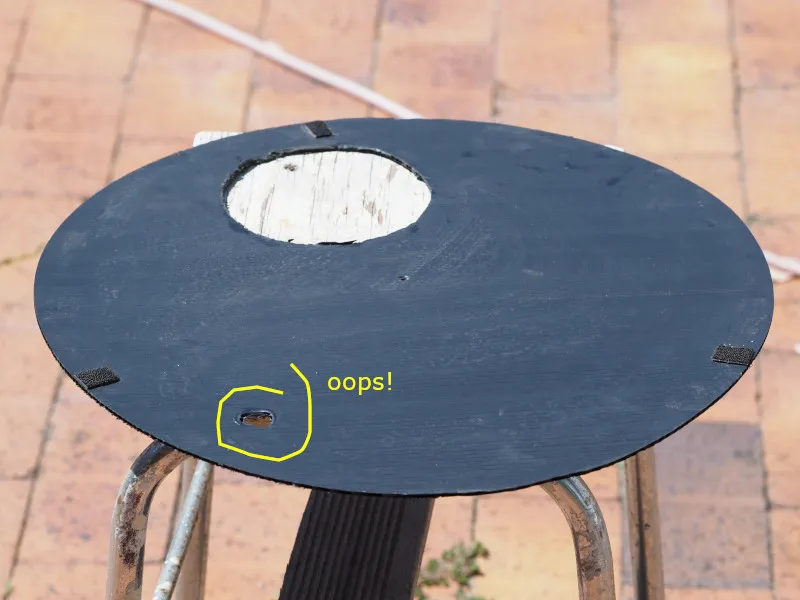
Even with the mask to cutdown sunlight entering the telescope tube, this hole was burn't in it by focused sunlight!
What I was missing was an extension tube as shown in the next diagram. I should have realised this initially - there is saying here measure twice and cut once! Here is the corrected mask.
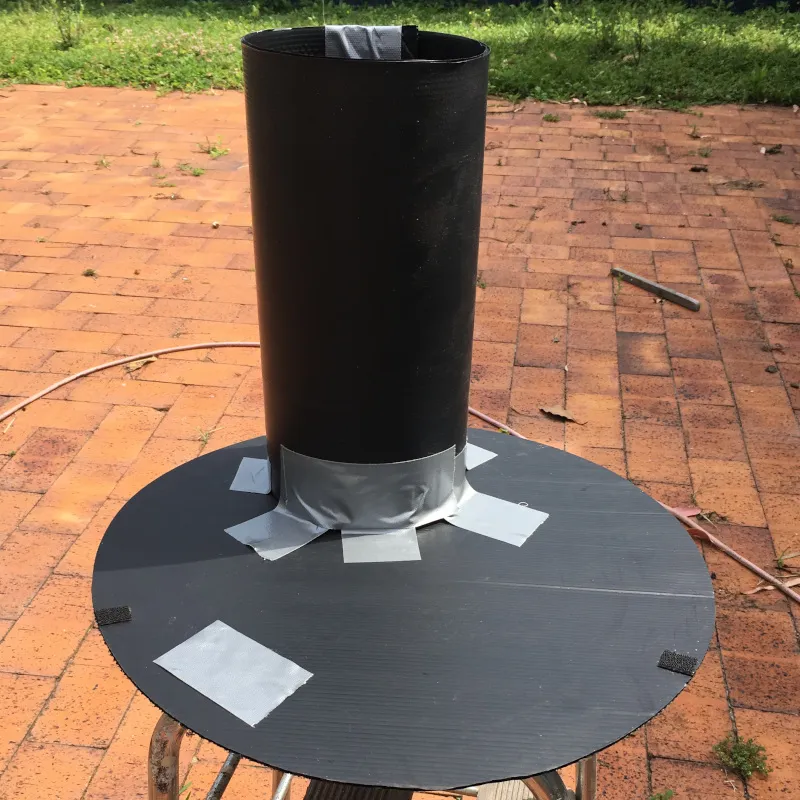
Finally
You should see some quite interesting images in the coming days showing the unusual crescent. It's worth checking out the Spaceweather Gallery as people upload them in almost realtime. Meanwhile if I succeed in getting photo's nearer October 26, I'll will try to post here before the edit option disappears.
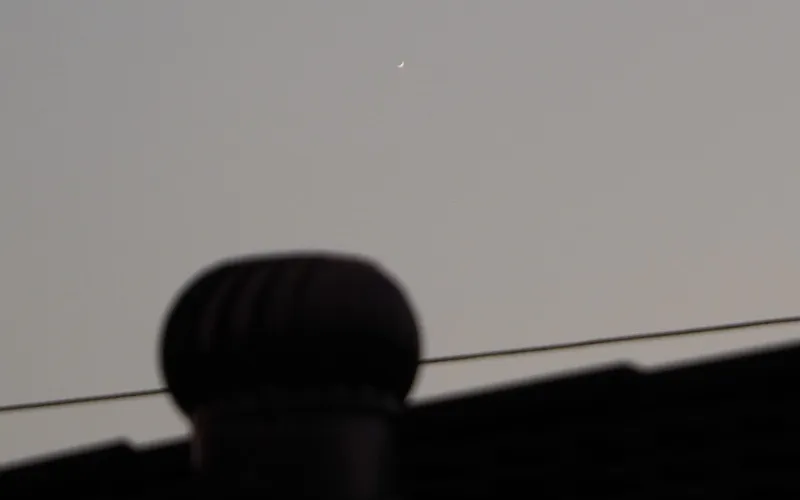
October 21, 2018: After a thunderstorm the sky cleared and managed to get this brief shot of Venus setting over the neighbours roof. 300mm lens OMD EM1mk2
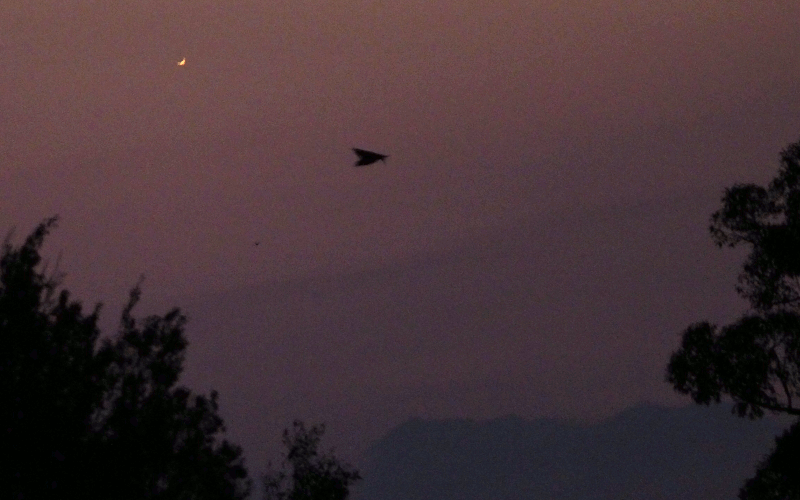
October 22, 2018: Bat flying past Venus! 300mm lens OMD EM1mk2
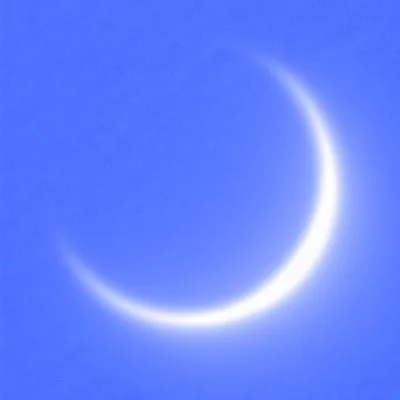
References and Further Reading
Earthsky.org . Has some technical details on Venus and conjunction.
Thierry Legault . French amateur astronomer takes some pretty extreme astrophotography. Check out his 2012 Venus transit photos.
NOTE: All Images are the authors, please feel free to use with name credit.

SteemSTEM is a community project with the goal to promote and support Science, Technology, Engineering and Mathematics on the Steem blockchain. Please come over and check out the new steemstem application at https://www.steemstem.io/
If you wish to support the steemSTEM project you can:
Contribute STEM content using the #steemstem tag | Support steemstem authors | Join our curation trail | Visit our Discord community | Delegate SP to steemstem